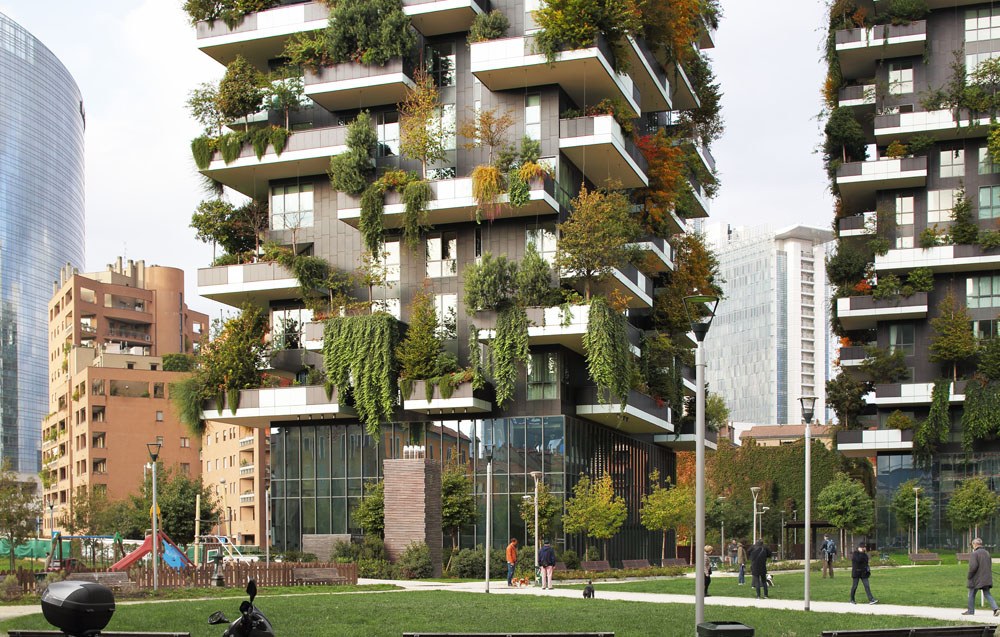It is well-known that China has been struggling with remarkably high levels of air pollution lately. There is, however, light at the end of the tunnel – forest cities, blanketed in greenery, designed to absorb carbon dioxide and fight pollution.
Stefano Boeri is hardly a new name in green architecture, oriented towards sustainable growth. He is now prepared to move on from the plant-covered skyscrapers and vertical forests that made him famous to entirely new green settlements, built to combat dirty air.
The Nanjing Vertical Forest will be built in the province of Jiangsu, is expected to produce about 60 kg of oxygen every day and to absorb 25 tons of carbon dioxide therefore drastically reducing air pollution.
People will be able to breathe oxygen that is 3 thousand times purer than the current average level in China. The project is being heavily supported and funded, the architecture firm even being interested in designing similar projects in the future in other areas, including Chongqing, Guizhou, Liuzhou, Shanghai and Shijiazhuang.

This is, however, only the first step in Boeri’s plans for a country plagued by environmental degradation, exhaust fumes, emissions and smog.
New, green cities can be built, buildings can be covered in trees, shrubs and plants and the greenery can absorb the dust generated by urban traffic.
Such an individual model of green architecture is hardly significant in solving the country’s air pollution crisis but it can definitely serve as an example that can and should be replicated. According to Boeri himself, this project is “something more serious in terms of a contribution to changing the environmental urban conditions in China”.

Peripheral environments are not enough and China has finally been growing aware of the fact that it has to embrace a more sustainable model of urban planning, mixed with purely green architecture.
Nanjing is making a statement and other cities will hopefully follow – the first forest city is planned for Liuzhou in a couple of years and a second one for Shijiazhuang.
Sources: The Guardian, Interesting Engineering, Collective Evolution, Inhabitat
Photos: Interesting Engineering, Inhabitat






